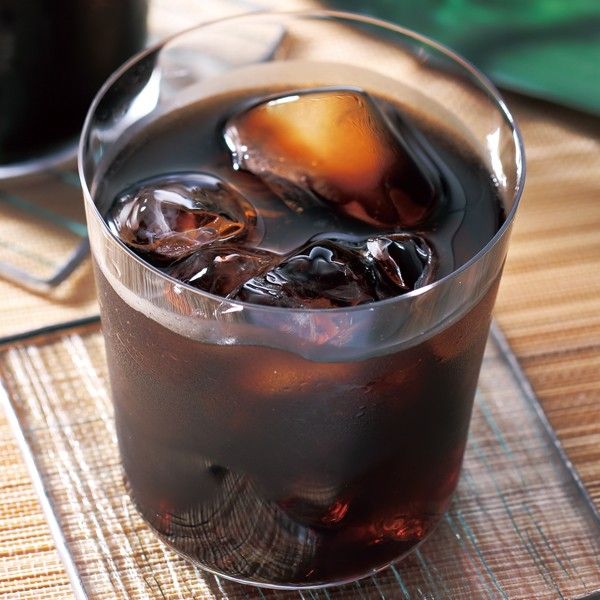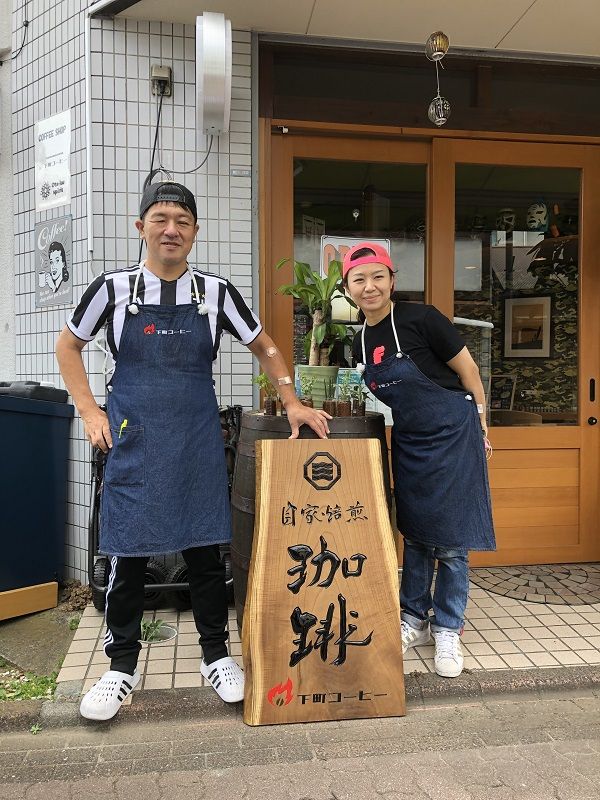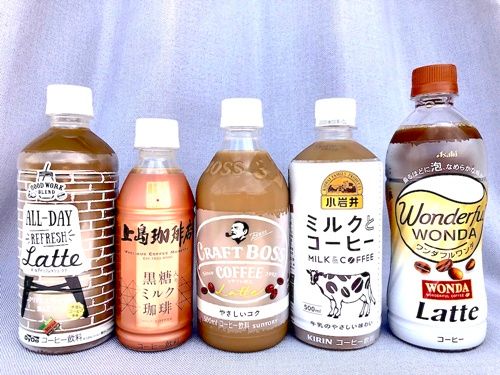Origin of iced coffee
In modern cities, passengers walk out of subway exits in an endless stream, enter convenience stores and Starbucks in a blink of an eye, and come out with a cup of coffee. Once upon a time, coffee has been integrated into the life of the public. Although the ancient soy milk and rice milk are still there, people are no longer holding it in their hands as openly as coffee.
Men and women dating and chatting with friends are more about coffee shops than ice fruit rooms. The protagonist at this time is of course all kinds of coffee, no longer ice, snow ice.
While I was writing, there was also a cup of Nescafe coffee on the table.
Coffee is said to have originated in the Middle East more than 1,000 years ago, and legend has it that flocks ate the fruit of an unknown plant and jumped in excitement. While curious, the shepherd picked the fruit and asked the monks of the monastery for advice. Unexpectedly, the monks tried a fantastic drink that would have a profound impact on future generations. Later, through Arabs, Europeans, and Americans, it spread to all parts of the world, and countries also developed different flavors of coffee with unique local characteristics.
Famous Espresso, Cappuccino, Latte, Americano. In addition to drinking hot coffee, there is also iced coffee. However, when iced coffee appeared in front of the public, not many people must know.

According to research, the book "The Origin of Meiji Things" published in Meiji 24 (1891) mentioned that people at that time sealed the whole bottle of coffee and sank it into a well to cool it, calling it "bing コーヒー" (Chinese: iced coffee) ( Note: Modern Japanese is completely changed to Katakanaアイスコーヒー). Slightly different from the common iced coffee in Japan, the ice cubes are not placed directly into the coffee, so the coffee flavor will not fade as the ice cubes melt. The Japanese habit of putting food into a well has been around for a long time. Before the advent of refrigerators, various foods were often placed in wells in the summer to prevent food spoilage and keep it cold. Friends who often watch Japanese movies and dramas should have the opportunity to see that if there is a summer picnic and camping scene, the characters in the play often tie watermelon, cucumbers and other foods with ropes and put them into the river. identical.
Except for Japan, other countries more than 100 years ago did not seem to have the habit of iced drinks other than water. It may be said that iced coffee was invented by the Japanese! (laugh)
In addition, in the 9th year of Taisho (1920), Japan's Moriyama Dairy Company bottled milk into coffee. It is said that this milk coffee first appeared in Japan and was loved by the public.
Of course, now is the era of the global village, and every country has its own iced coffee. The method of making is no longer putting coffee into a well (it is more difficult to find a well in modern cities than a coffee shop). Different methods have different names. In Taiwan, there are also cold brew coffee and iced coffee.
Japanese-style hand-brewed iced coffee is made by extracting coffee at high temperature. When making, a large amount of ice cubes are added to the container under the filter cup. When the hand-brewed coffee flows down, it will be rapidly cooled with the ice cubes to become Japanese-style iced coffee. American iced coffee is said to use espresso on ice.
Finally, let's talk about the Japanese word " jiayu ", is it very similar to the Chinese word? It is pronounced katakana "コーヒー (ko-hi-)", from the Dutch koffie . Remember the " Japanese's first foreign language is English, before English? " I wrote before. "As early as the Edo period, around the 18th century, the only European country that could do business with Japan at that time was the Netherlands. Coffee was brought into Japan by the Dutch, and it was natural to use Dutch to introduce coffee. Japanese translators at that time came up with various Japanese characters to translate the term koffie, "can you", "jiafei", "jiafei", "gefeiyi", and " black fried beans ". Is the last translation very vivid? XD
It is a pity that the translated Japanese words for these coffees did not become popular until Udagawa Rongan (うだがわようあん) adopted the word "jaya" and his influence began to spread. Because he is the author of the dictionary "Lan and Yuji Dictionary" (Dutch-Japanese translation dictionary). In addition to being an orchid doctor (a doctor who is proficient in Western medicine), he is also the author of the earliest books on Western botany and chemistry in Japan. The words cell, metal, dissolution, crystallization, and analysis that are also used in Chinese are also created by him. .
Nowadays, in Japan, there are nostalgic cafes, or coffee products that want to appear more tasteful. You can see the word "Cheese" appearing, but the most popular one is the katakana "コーヒー (ko-hi-)" ".


2021/09/13 posted.
Original link to Japan behind-the-scenes observation
Like my work? Don't forget to support and clap, let me know that you are with me on the road of creation. Keep this enthusiasm together!



- Author
- More